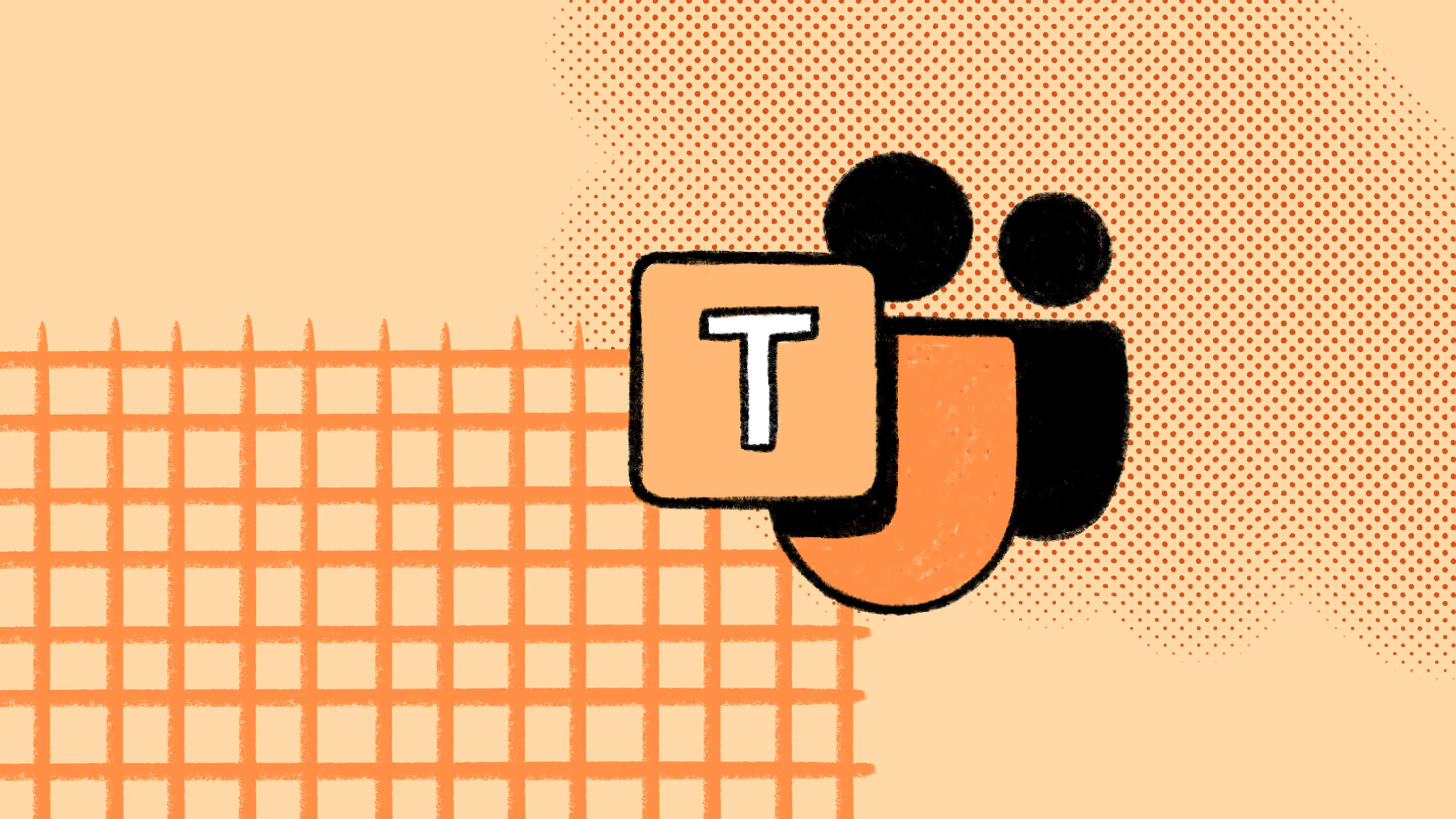ShareGate’s Microsoft Teams migration FAQ

Table of contents
Got questions about Microsoft Teams migration? We've got answers. We combined our expertise with your commonly asked questions to create our ShareGate Teams migration FAQ.
Teams migration can mean a lot of things—from reorganizing the contents of your existing tenant, to moving your entire environment to a new tenant in the event of a merger or acquisition. Whatever your particular scenario, if you’ve got questions about Teams migration, we’ve got answers.
We’ve rounded up some of the top questions we get from clients and laid them out for you along with some helpful guidelines so you can master your own Teams migration.
How can I plan for a successful Microsoft Teams migration?
Regardless of the size and scope of your migration, having a solid plan in place is always a good idea. Planning for a successful Teams migration will help you avoid any potential errors and ensure that the entire process runs smoothly. The following are some things to consider in the planning stages of your migration.
- Choose your migration strategy: While some organizations decide to migrate their Teams environment in one shot, for others, an incremental migration makes more sense. The strategy you choose will largely depend on the size of your migration and the specific needs of your organization.
- Take inventory: A Teams migration is a great opportunity to take inventory of everything that currently exists in your environment, and a chance to start off your newly-merged Teams environment on the right foot. As you identify existing content, you might find duplicate teams, content that’s no longer up to date or valid, and channels or teams that can be archived and deleted.
- Run a source analysis: Using a third-party tool to run a source analysis can give you a better idea of the current state of your environment and help you to determine the size and scope of your migration, as well as anticipate potential issues along the way and help you to resolve them before making the move.
👉 Don't miss a thing: Look at the essential Teams migration checklist and complete guide to Teams migration
How do I migrate Teams from one tenant to another?
First things first—when migrating your Teams environment from one tenant to another, you’ll have to make some decisions about how you’re going to get it done. Essentially, you’ve got two options to migrate your Teams: plan a manual migration or use a third-party migration tool.
Gartner advises organizations to avoid a manual approach when migrating users and their data between Office 365 tenants, and to instead utilize a migration tool.
Mark Cortner, Gartner report
To migrate your Microsoft Teams to another tenant manually, you need to:
- Re-create the teams you want to migrate at the destination
- Add all of the correct users and permissions to each team
- Download the contents of the associated SharePoint team sites and upload at the destination
- Export conversations from the team's Exchange mailbox, then import them at the destination as a document
A manual approach is resource-intensive, leaves opportunities for error, and requires IT teams to develop new competencies that may not be leveraged often (or again). Analyst Mark Cortner from Gartner's report on Guidance for Microsoft Office 365 Tenant-to-Tenant Migrations recommends using a third-party migration tool to speed up the process.
"Unless the tenant-to-tenant migration is simple, with only a few hundred users that only consume one or two Office 365 services, Gartner advises organizations to avoid a manual approach when migrating users and their data between Office 365 tenants, and to instead utilize a migration tool."
Learn more about the two ways you can migrate your Microsoft Teams
How do I migrate my Teams chats and channels?
When migrating your Teams to a new tenant, there is currently no out-of-the-box solution to bring along your chat history, which may contain important messages that you’d like to preserve. Same goes for your channels, where users come together to collaborate and create important content that you’ll probably want to keep moving forward.
If you’ve familiarized yourself with the architecture behind Microsoft Teams, you know that your private 1:1 Teams chats live in the Exchange mailboxes of individual users, while your team chat and channel conversation history is stored within the team’s Exchange mailbox, and files and folders shared in your channels are stored in the team’s SharePoint site—phew, still with us?
With Teams’ data being stored in so many different locations, extracting this data and relocating it poses a major challenge.
To do so manually, you’ll need to use PowerShell to generate a list of all the group mailboxes, and then head over to the Security and Compliance center and export each team’s TeamChat data, one by one. Hopefully you’re comfortable with a little scripting!
Otherwise, using a third-party migration tool can help to simplify and speed up this process, enabling you to move your chats and channels where you want them in just a few clicks.
Thankfully, ShareGate can boost productivity in Microsoft Teams channels by using easy-to-use features like integration, automation, and planning.
How do I protect my data during a Microsoft Teams migration?
The bigger your migration project, the greater the risk of potential data loss along the way. Combined with the fact that there is no native solution to back up your Microsoft Teams data, it’s enough to deter even the most experienced IT admin from undertaking a major migration project.
Fortunately, aside from manually exporting your data through PowerShell, there are a few ways to put in place retention settings to safeguard your valuable data against deletion. With these settings in place, you can rest easy knowing your data will be protected before, during, and after your migration.
How long does it take to migrate Microsoft Teams?
How long your migration will take to complete depends on a number of factors, including your migration strategy (single-event or incremental), and whether you plan to complete the move manually or enlist the help of a third-party tool.
Manual migration is time-consuming, and usually results in more interruptions to the operations of your workplace.

Using a third-party migration tool can result in up to a 75% reduction in effort for larger migrations.
How can I automate my Microsoft Teams migration?
Have you considered using a third-party tool to assist in your migration? You might be on to something. A third-party tool like ShareGate’s migration tool can help automate the migration process, save you time and manpower, and help to make sure your move is a successful one.
The effort would quadruple if we had to do everything manually…. it almost couldn’t be done without ShareGate.
Doug Punchak, Application Development Manager, Avvenire Solutions
For more about how Avvenire optimized their migration with ShareGate, check out the full story here
Quickly copy teams (cherry-pick the exact items you want to copy over) and their contents to another tenant and map users at the destination, eliminating the need for PowerShell.
ShareGate can help you to minimize downtime by easily reorganizing all your teams and channels—whether they are private or public—to match how people collaborate in your organization.
ShareGate also flags potential issues, like duplicate team and channel names, and prompts you to modify names by adding a prefix or suffix—or changing the name completely—before your migration takes place.
So, that’s a wrap on our Microsoft Teams migration FAQ! Hopefully we’ve covered everything you need to know to feel more at ease making the big move.
Ready to get started? You’ll want to get well acquainted with the steps of a successful Teams migration based on our years of experience helping organizations complete migrations of all shapes and sizes.
.jpg)


.svg)
%20(1).avif)
















